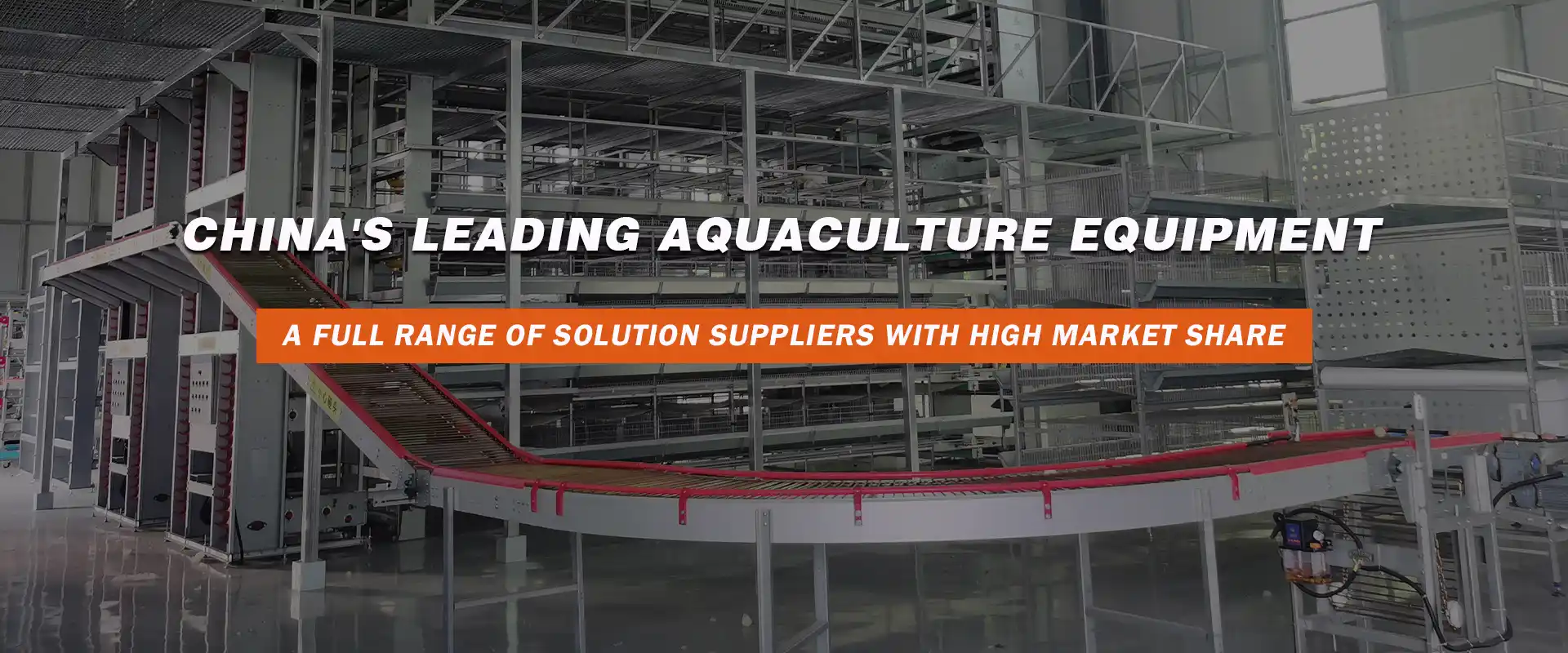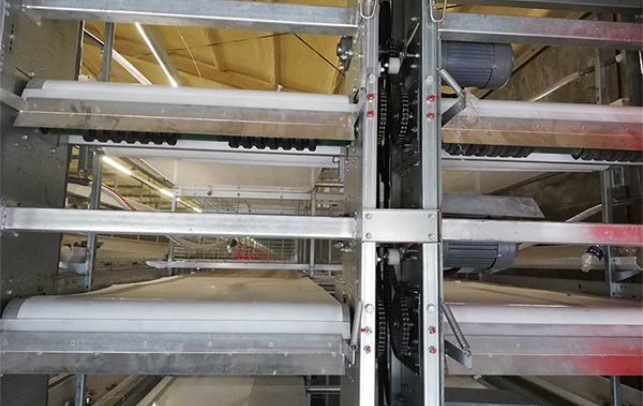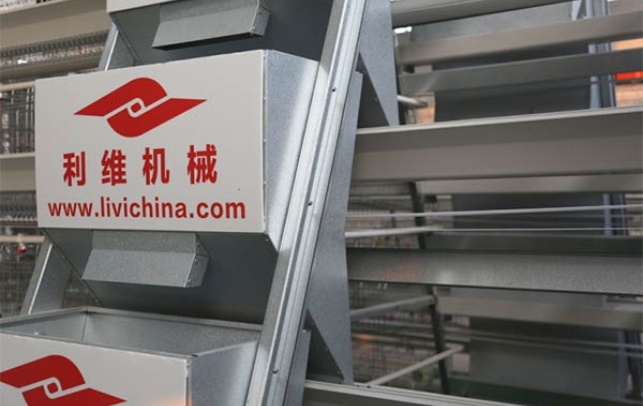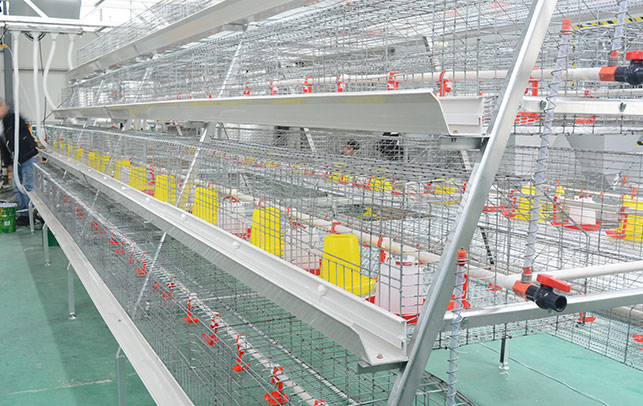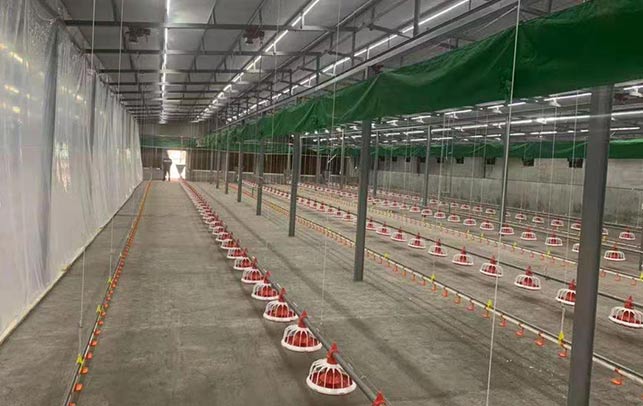Egg Layer Cages: The Ultimate Guide to Comfort and Efficiency
Time : 2025-03-31
Egg layer cages, also known as battery cages, are a fundamental component of modern egg production. These structures are designed to house hens in a way that maximizes egg yield while minimizing space and labor. In this article, we’ll dive into the details of egg layer cages, their benefits, and the considerations that go into choosing the right one for your farm.
What Are Egg Layer Cages?
Egg layer cages are specially designed metal frames that provide a confined space for hens to lay their eggs. These cages are typically made of metal bars or mesh and are stacked on top of each other in a layer system. The purpose of the cage is to ensure that the hens have a safe, clean, and hygienic environment in which to lay their eggs.
Benefits of Egg Layer Cages
1. Space Efficiency: One of the primary advantages of egg layer cages is their space efficiency. By stacking cages vertically, farmers can maximize the use of their land, which is particularly beneficial for large-scale egg production operations.
2. Egg Quality: Cages are designed to protect eggs from being damaged during the laying process. This results in higher-quality eggs that are less likely to be cracked or contaminated.
3. Ease of Management: With egg layer cages, farmers can easily manage their flock. The confined space makes it easier to monitor the health of the hens and to provide them with the necessary care and nutrition.
4. Sanitation: Cages are easy to clean, which helps prevent the spread of disease among the hens. Regular cleaning also ensures that the eggs are free from contaminants.
Types of Egg Layer Cages
1. Battery Cages: The most common type of egg layer cage, battery cages are typically equipped with a nest box for the hens to lay their eggs in.
2. Free-Range Cages: While not as densely packed as battery cages, free-range cages provide hens with more space to move around. These cages are designed to mimic a natural environment and are often used by farmers who prioritize animal welfare.
3. EN-54 Cages: These cages meet European Union standards for animal welfare and are known for their space and comfort features.
Choosing the Right Egg Layer Cages
When selecting egg layer cages for your farm, there are several factors to consider:
1. Size: Ensure that the cages are the right size for your hens. Cages that are too small can cause health issues and reduce egg production.
2. Material: Look for cages made from high-quality materials that are durable and easy to clean.
3. Ventilation: Good ventilation is crucial for maintaining a healthy environment for the hens. Make sure the cages you choose have adequate ventilation.
4. Animal Welfare: Consider the welfare of your hens. Some farmers opt for more humane cages that provide additional space and comfort for the birds.
Installation and Maintenance
Installing egg layer cages requires careful planning and execution. Here are some tips to keep in mind:
1. Layout: Plan the layout of your farm to ensure that the cages are positioned in a way that maximizes efficiency and minimizes waste.
2. Ventilation: Ensure that there is sufficient ventilation around the cages to keep the air fresh and prevent heat buildup.
3. Cleaning: Regular cleaning is essential to maintain the health of your hens and the quality of the eggs. Develop a cleaning schedule and stick to it.
Conclusion
Egg layer cages are an essential tool for modern egg production. By providing hens with a safe, comfortable environment, these cages help maximize egg yield while minimizing the space and labor required. When choosing the right cages for your farm, consider factors like size, material, ventilation, and animal welfare. With the right egg layer cages, you can ensure a successful and profitable egg production operation.




